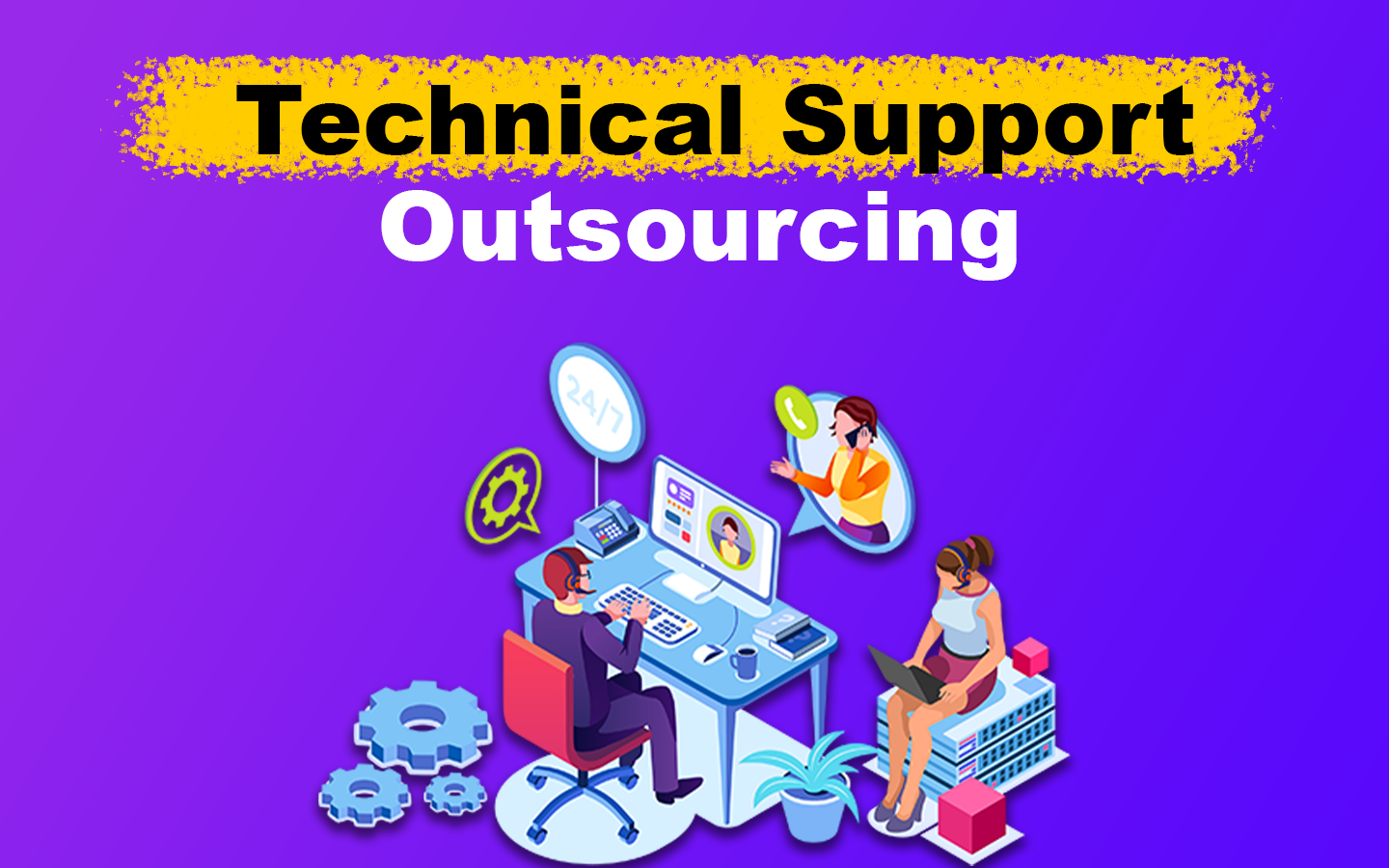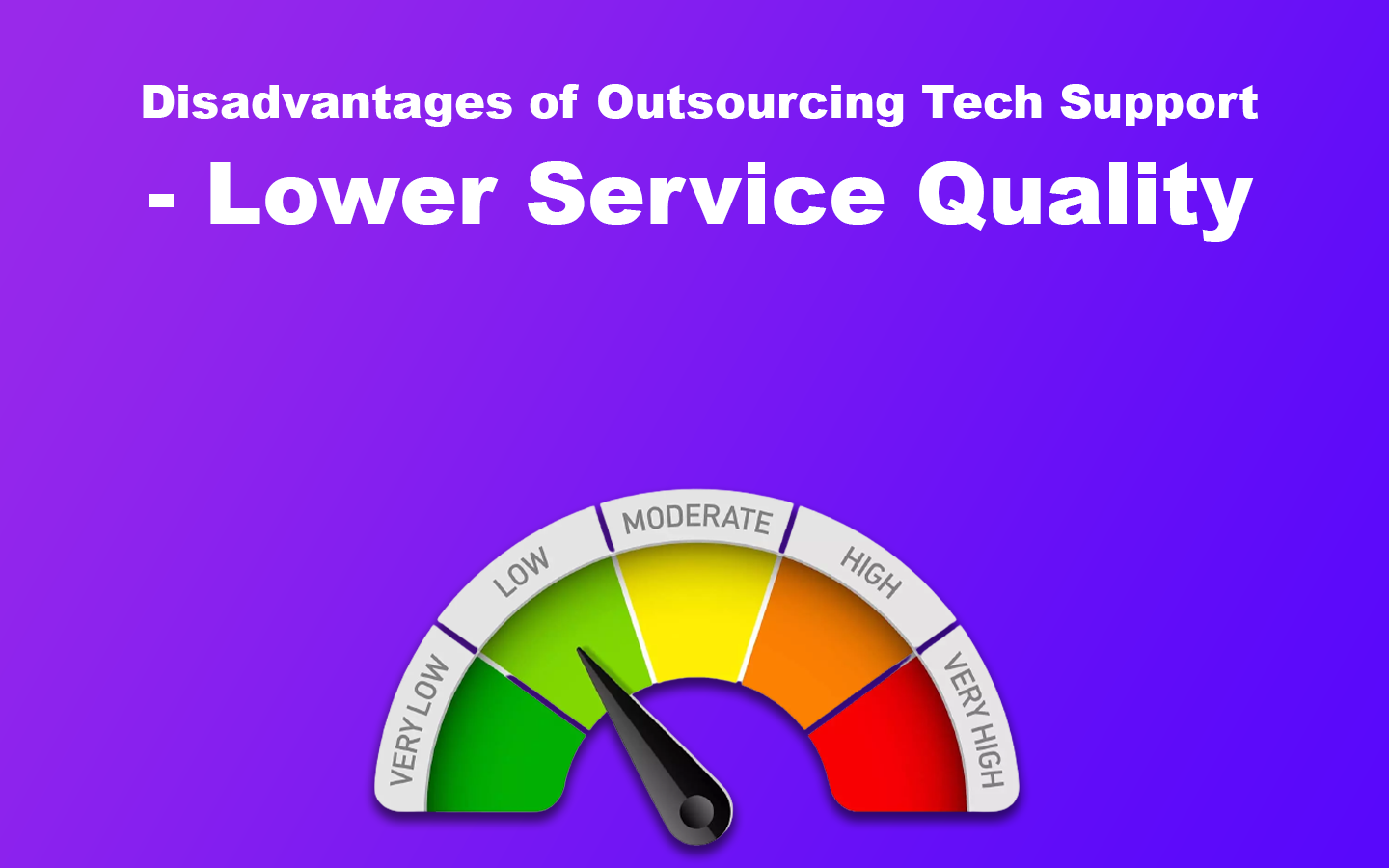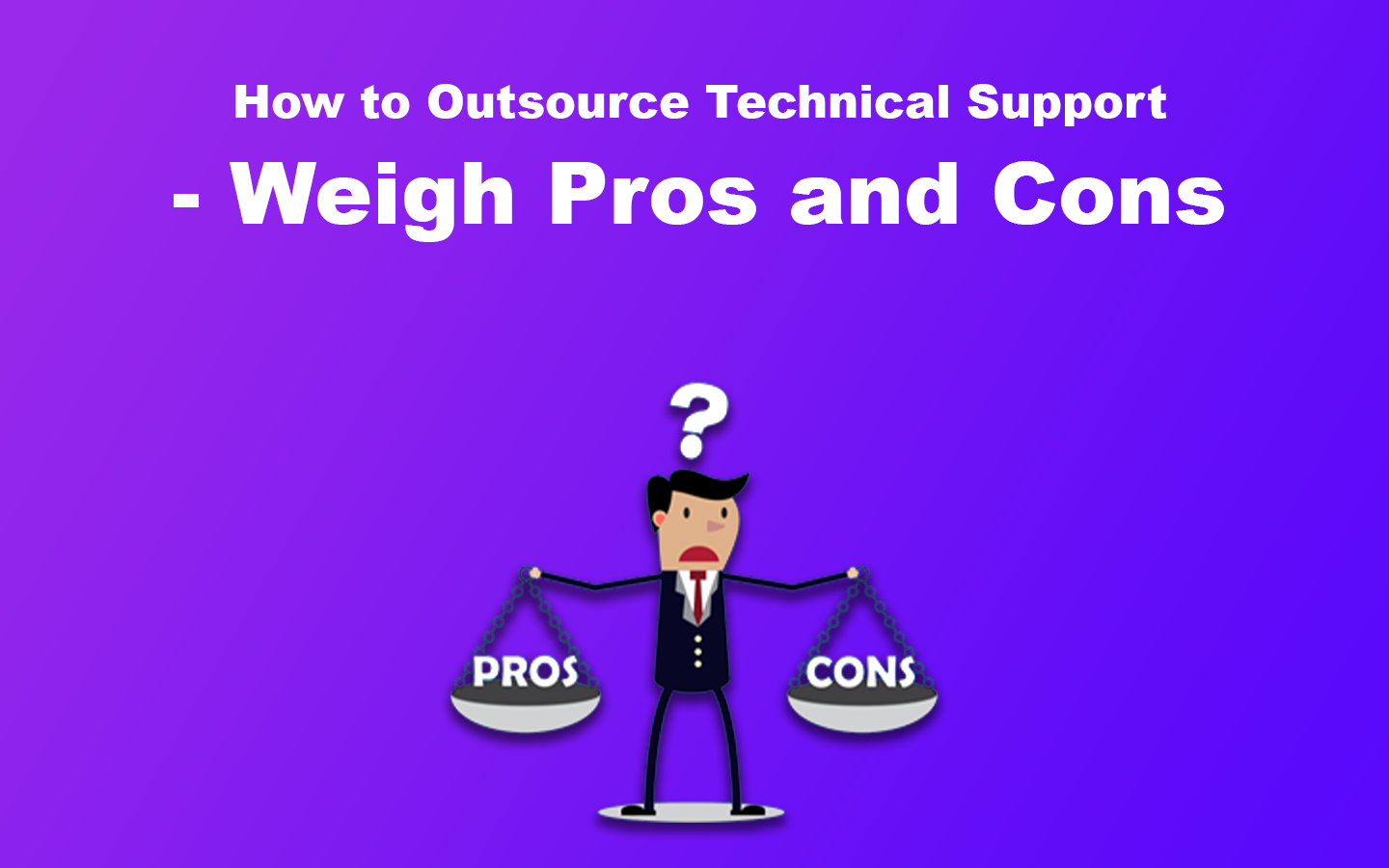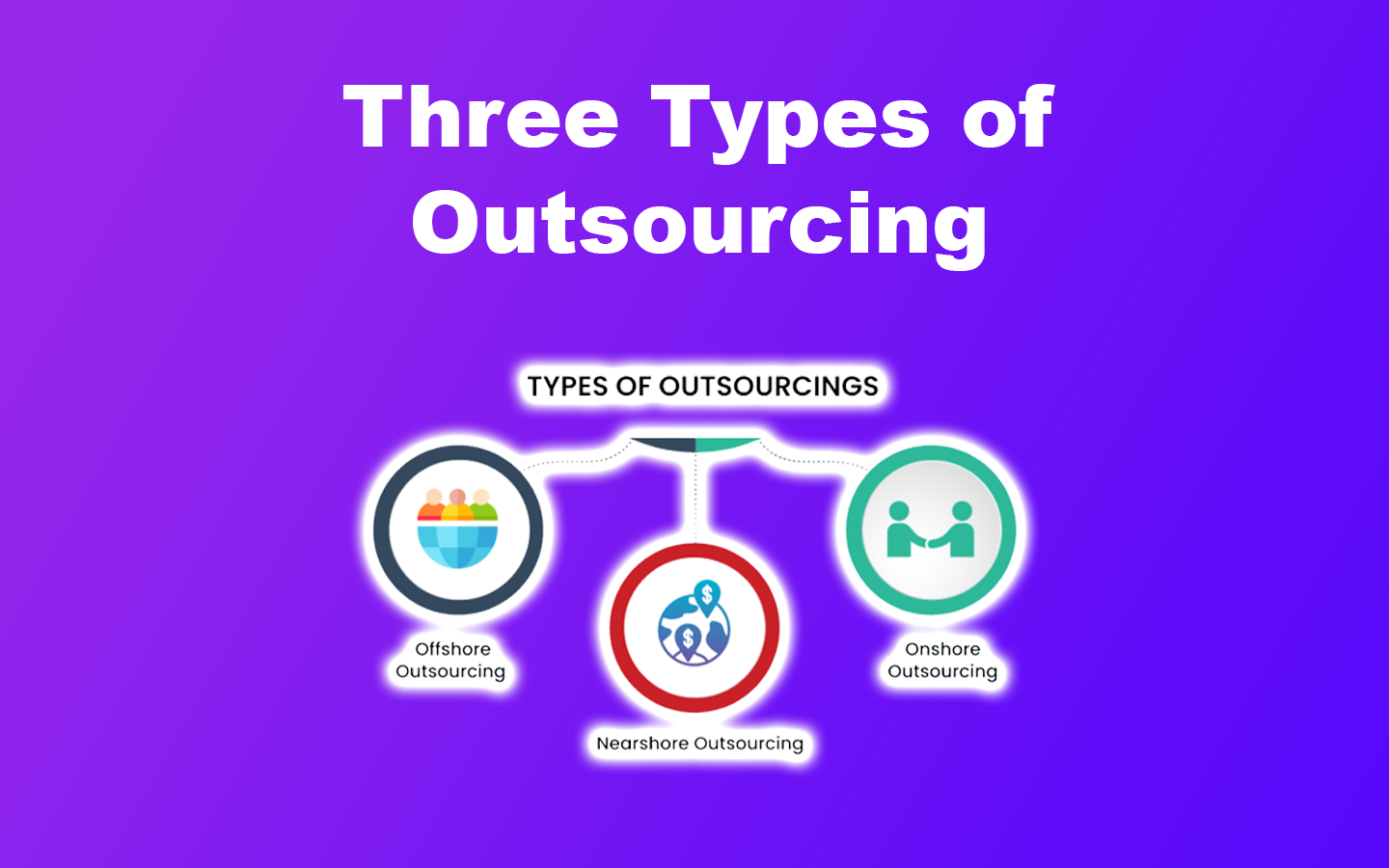Every company must have an in-house tech support staff to handle technical problems for your company and your customers. However, too many complaints can overwhelm them and lead to dissatisfied customers. What should you do in this kind of situation?
In this article, you’ll learn about technical support outsourcing. You’ll know why most companies outsource their tech support and how to avail of these services.

What Is Technical Support Outsourcing?
Technical support outsourcing is a business practice where a company contracts with an external service provider to handle its technical support functions. They serve as the help desk for everything involving computers, servers, products or services, software and hardware, and other technological problems.
These outsourced technical support personnel are trained to handle tech problems. One example is a “downed” server. They are knowledgeable enough to fix such a problem quickly, preventing your customers from experiencing inconveniences.
The outsourced technical support team typically communicates with customers through various channels like phone, email, or chat. Their goal is to provide adequate assistance to customers quickly.
Learn more about what technical support outsourcing is on LinkedIn.
Why Do Companies Outsource Tech Support?
Here are some of the reasons why companies outsource their tech support:
Reason 1. Great Cost Savings
Technical support outsourcing allows companies to maximize their profits, as their services are far less expensive than hiring an in-house IT. Hiring in-house tech support requires you to provide them with equipment, an office, a competitive salary, and benefits.
Meanwhile, outsourced tech support already has their equipment, so you just need to pay them their salary. You’re also not required to pay for their benefits, further lowering the hiring cost.
Outsourcing technical support helps companies save a lot of money. You don’t have to pay for the internet and electricity bills for your hired tech support, which saves you money.
Learn more about cost savings in outsourcing from Time Doctor.

Reason 2. It Ensures 24/7 Technical Support for Customers
Outsourcing your tech support services allows you to provide 24/7 online customer support. Having round-the-clock operations gives your customers more reasons to stay with your company.
In-house tech operations usually only work for one fixed shift, so they only provide support to one-time zones. Meanwhile, outsourced tech support runs on rotating shifts, allowing your company to cater to all your clients around the globe.
Reason 3. Expertise in Tech Matters
While you may have an in-house team that customers can contact, nothing beats the expertise of outsourced technical support agents. Outsourcing companies usually provide training to people before outsourcing them. So, you can expect the people you’ll hire to be experienced in the field where you need them.

Additionally, outsourcing tech support lets your company handle customers’ tech concerns while your employees focus on other essential tasks.
Reason 4. Flexibility in Staff Numbers
You can outsource your technical support needs to third-party companies if you only need on-call employees. For instance, you can hire more technical support personnel during busy seasons. Once the peak season is over, you can end their contract and just call them again when needed.
Outsourcing allows you to hire people with short contracts, making this arrangement possible. Hiring your entire tech support team in-house makes this scalability impossible.
3 Disadvantages of Outsourcing Tech Support
Outsourcing may bring you profits but can also damage your company’s services or reputation.
Here are some disadvantages of outsourcing tech support:
1. Lower Service Quality

Your outsourced tech support can potentially lower the quality of your services, as you do not directly handle their operations. This can result in poor customer support, which leads to unsatisfied customers.
To avoid this problem, find an outsourced technical support provider that matches your needs. This way, you maintain the quality consistency your customers expect from your company.
2. Potential Communication Lapses
Most outsourced tech support companies come from offshore. You have to communicate in different time zones, contexts, and cultures. This can cause potential miscommunications between you and your outsourced tech support.
Make sure your outsourced tech support is proficient in written and verbal English. This way, they can effectively communicate with you and your customers. Agree on a standard work shift so you’re available simultaneously. It’s also ideal to use your work communication apps often to check service quality.
3. Customer Privacy Concerns
Tech support companies will need your customers’ data to quickly help them with their tech problems. However, the consequence of letting them handle this data can be a concern, as they can use it for fraudulent activities.

Create a non-disclosure agreement (NDA) to obligate your outsourced tech support to keep client data and other confidential information secret. An NDA remains effective even if your contractor no longer works for you, so you don’t have to worry about information leaks.
You can also establish a legal team to review every company’s security and legal protocols. This way, you can be assured that you only hire trusted tech support companies.
How to Outsource Technical Support Services
Step 1: Take a Look at Your Industry’s Niche
Technical support is not confined to high-tech companies like smartphone or PC manufacturers. Even small companies that utilize devices like computers may need a reliable tech support team.
Assess if you need to outsource technical support from your company. Research the current trends for your customers. By then, you will know if you need in-house tech support staff or outsourced staff.
Step 2: Weigh Between Outsourcing Pros and Cons
Before you dive into outsourcing, thoroughly study the benefits and risks of outsourcing your tech support.

Better services, expertise on tech matters, different cultures, and data privacy concerns all factor into the pros and cons of outsourcing technical support. Check if the advantages of outsourcing go favorably for your company.
Step 3: Start Finding a Trusted Outsourcing Tech Support Company
Once you have assessed the pros of outsourcing, start searching for a reliable tech support outsourcer.
You must look at their service history, technical expertise, business permits in their country, service pricing, and the like. With these criteria, you must be able to sift through thousands of tech support companies and select which one fits your needs.
Step 4: Prepare the Transition in Outsourcing Tasks

Prepare to offload some tasks from your in-house staff. Guide the outsourced team on tasks so they know how to support your customers and employees.
One way to maintain high-quality service before giving the reins to the outsourced company is to create a service level agreement (SLA) between you and the outsourced company. An SLA is a contract that states the service standards your third-party employee must provide along with the details of their services.
Your SLA should outline your goals and objectives, key performance indicators, the scope of work of tech support, and the length of the contract. The contract should also discuss the incentives and penalties for meeting or not meeting the SLA conditions.
Step 5: Maintain Frequent Communications
Handing over the tech support operations doesn’t stop giving the outsourced company all the technical work. You should continually monitor their tasks to see if they meet your standards.
You can ensure that your outsourced tech support team meets your standards by regularly communicating with them. Apart from monitoring their work, effective communication also allows your contractors to voice out their concerns.
Now tha you know the steps to effective outsourcing, its time to find out the best outsourcing companies that you can choose from.
What Are the Three Most Common Outsourcing Types?

The three most common outsourcing types are onshore, nearshore, and offshore. These types of outsourcing depend on the location of your outsourced tech support partner.
Here are the brief definitions of each type of outsourcing:
1. Onshore
This is a type of outsourcing in which you hire a technical support contractor from the same country as your company. Their salary is usually consistent with that of your in-house staff and with that of the outsourced company.
Some companies prefer this for easier communication, no cultural differences, and utmost intellectual property protection.
2. Nearshore
Nearshore means you outsource your tech support to another nearby country. For example, American companies can hire a tech support company from Mexico, Canada, or Puerto Rico.
Salary and benefits depend on the labor laws of these countries. You can provide slightly lower salary packages in these countries.
3. Offshore
Offshore outsourcing means getting services from countries far from your base. It is the most preferred type of outsourcing because some of these countries offer tax subsidies and lower operation costs.
India, the Philippines, and Vietnam are some examples of thriving outsourcing hubs. These countries have relatively stable economic environments, cheaper living costs, and lower labor costs. So, they are the preferred locations for outsourcing tech support.
If you’re planning to build an offshore team, here are the 5 steps you need to follow.
Outsourcing Technical Support Is a Crucial Business Move
Outsourcing technical support is the secret to the success of many businesses nowadays. It allows them to focus on their core competencies without compromising their tech support’s service quality.
The benefits of tech support outsourcing usually outweigh the risks. Cost savings focus on business goals, and the outsourced staff’s tech expertise should be convincing reasons to outsource your tech support.